

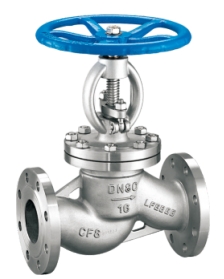


The globe valve, also known as the gate valve, is a forced sealed valve, so when the valve is closed, pressure must be applied to the valve disc to force the sealing surface not to leak. When the medium enters the valve from below the valve disc, the resistance that the operating force needs to overcome is the friction force of the valve stem and the filler and the thrust generated by the pressure of the medium. The force of closing the valve is larger than the force of opening the valve, so the diameter of the valve stem should be large, otherwise the failure of the top bend of the valve stem will occur. According to the connection method, it is divided into three kinds: flange connection, wire connection, welding connection. After the self-sealing valve appears, the medium flow of the stop valve changes from the top of the valve disc into the valve chamber, then under the action of the medium pressure, the force of closing the valve is small, and the force of opening the valve is large, and the diameter of the valve stem can be reduced accordingly. At the same time, under the action of the medium, this form of valve is also more tight. China’s valve “three to” has stipulated that the flow of the globe valve, all top-down. When the globe valve is opened, the opening height of the valve disc is 25% to 30% of the nominal diameter. The flow rate has reached the maximum, indicating that the valve has reached the full open position. Therefore, the full open position of the globe valve should be determined by the stroke of the valve disc.
The opening and closing part of the stop valve (Globe Valve) is a stop-shaped valve disc, which is flat or conical above the seal, and the valve disc moves in a straight line along the center line of the seat. The movement form of the valve stem, (common name: dark rod), and the lifting rotary rod type can be used to control the flow of various types of fluids such as air, water, steam, various corrosive media, mud, oil, liquid metal and radioactive media. Therefore, this type of cut-off globe valve is ideal for use as a cut-off or regulation as well as throttling. Because the stem opening or closing stroke of this type of valve is relatively short, and has a very reliable cutting function, and because the change of the valve seat port is directly proportional to the stroke of the valve disc, it is very suitable for the adjustment of the flow rate.
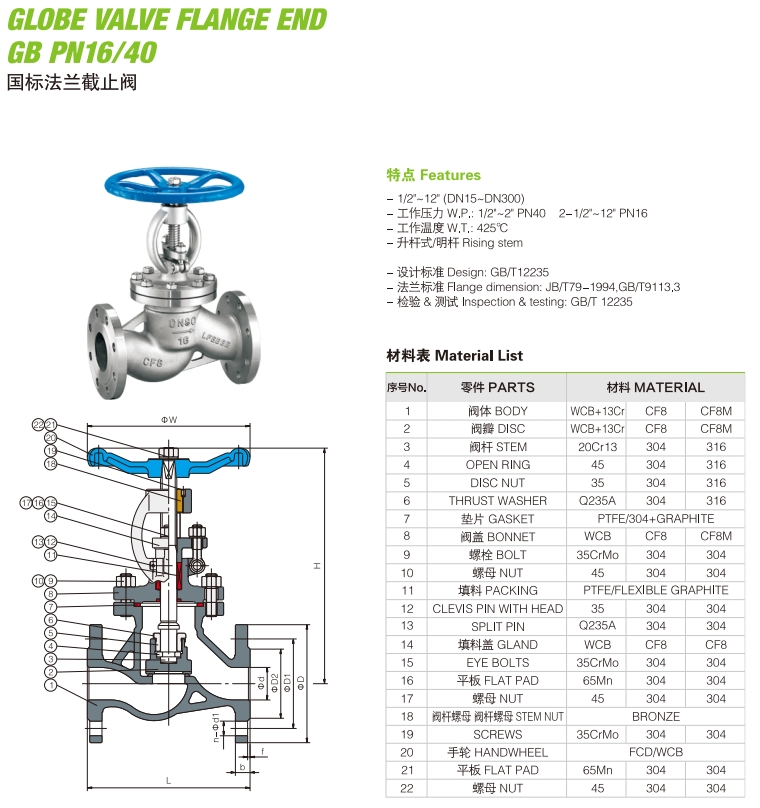

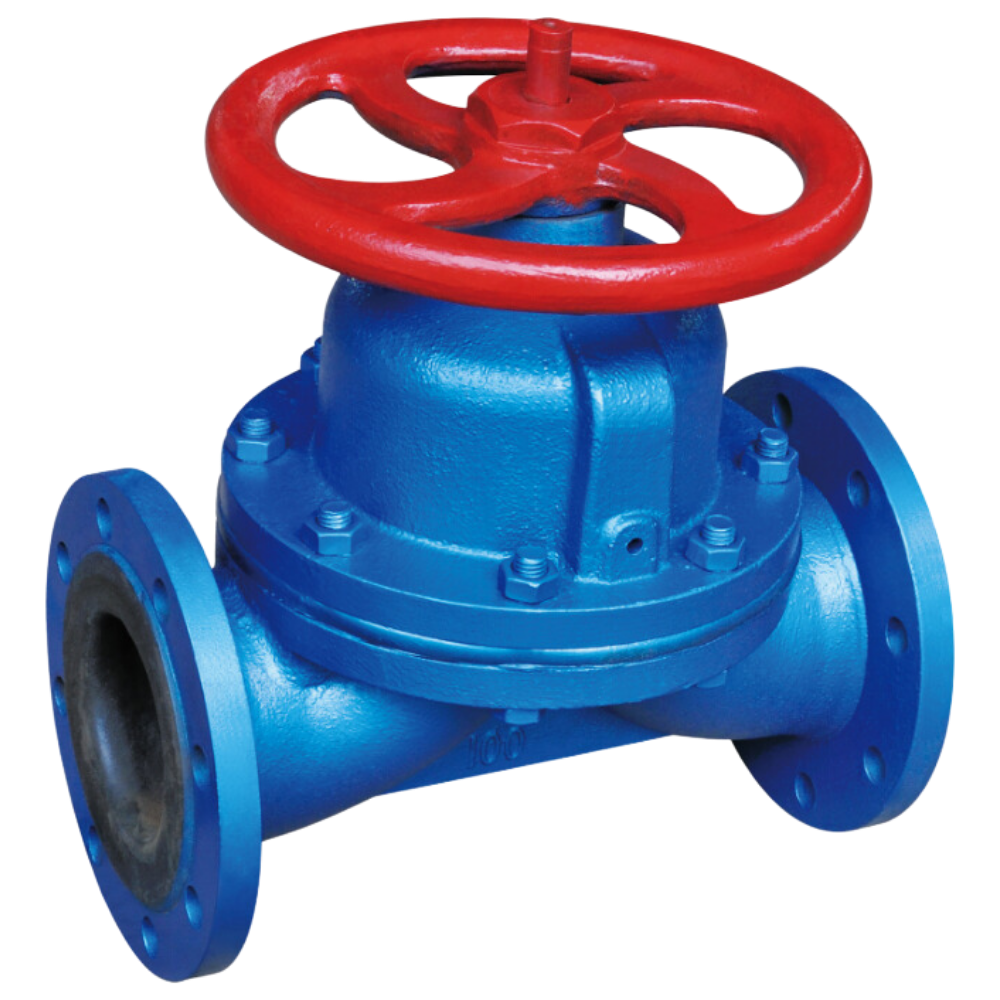
A weir-type diaphragm valve is a specific design of diaphragm valve that features a raised lip or saddle in the valve body. The diaphragm comes into contact with this weir to form a seal and control fluid flow. Main parts and materials Name/Material CI WCB CF8 CF3 CF8M CF3M Body CI WCB CF8 CF3 CF8M CF3M Diaphragm […]
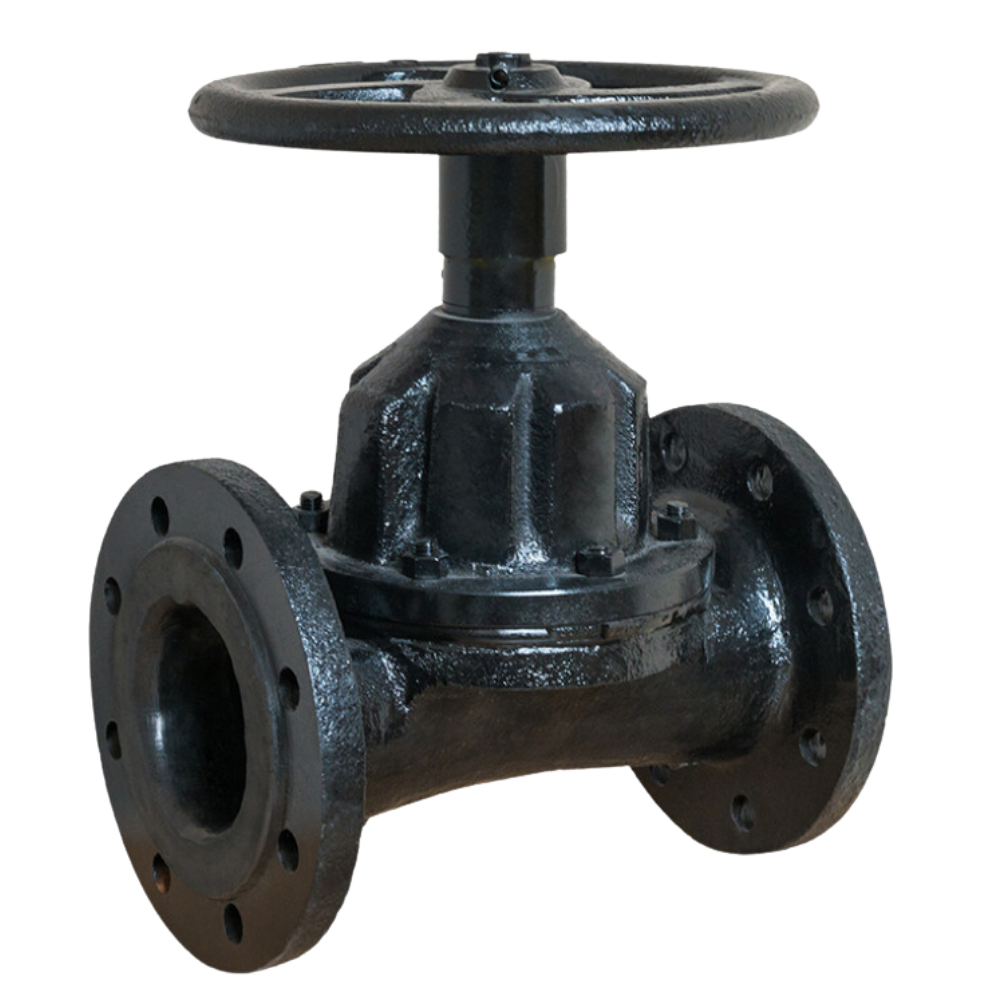
A straight-through diaphragm valve controls fluid flow in a pipeline using a diaphragm that moves vertically to open or close the flow path. The straight-through design allows fluid to pass directly through the valve, reducing pressure drop and maintaining efficient flow. It is commonly used in applications where reliable sealing and minimal obstruction are needed, […]

A plug valve controls fluid flow in a pipeline using a cylindrical or tapered plug with a central hole. The plug rotates within the valve body to open or close the flow path. When the plug aligns with the pipeline, fluid passes through. When turned so the hole is perpendicular to the flow, it blocks […]
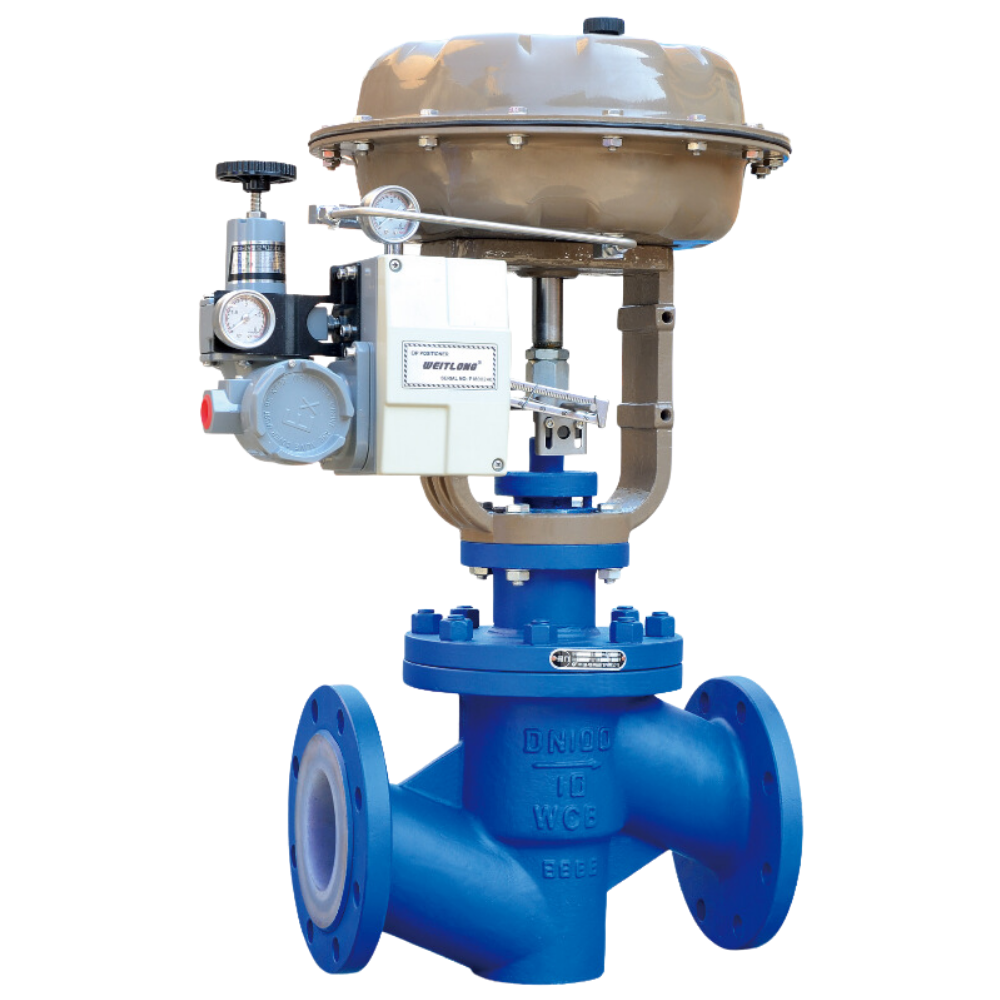
A fluorine lined control valve regulates the flow of fluids in a pipeline, adjusting flow rate, pressure, and temperature. It works by changing the size of the flow passage using elements like plugs, balls, or diaphragms. Control valves are crucial in industrial processes for maintaining operating conditions and ensuring system efficiency. They can be operated […]